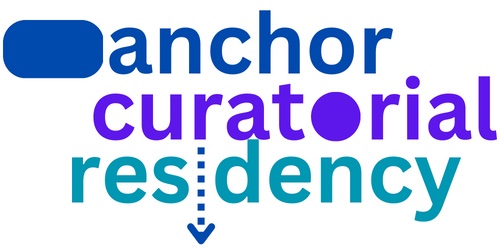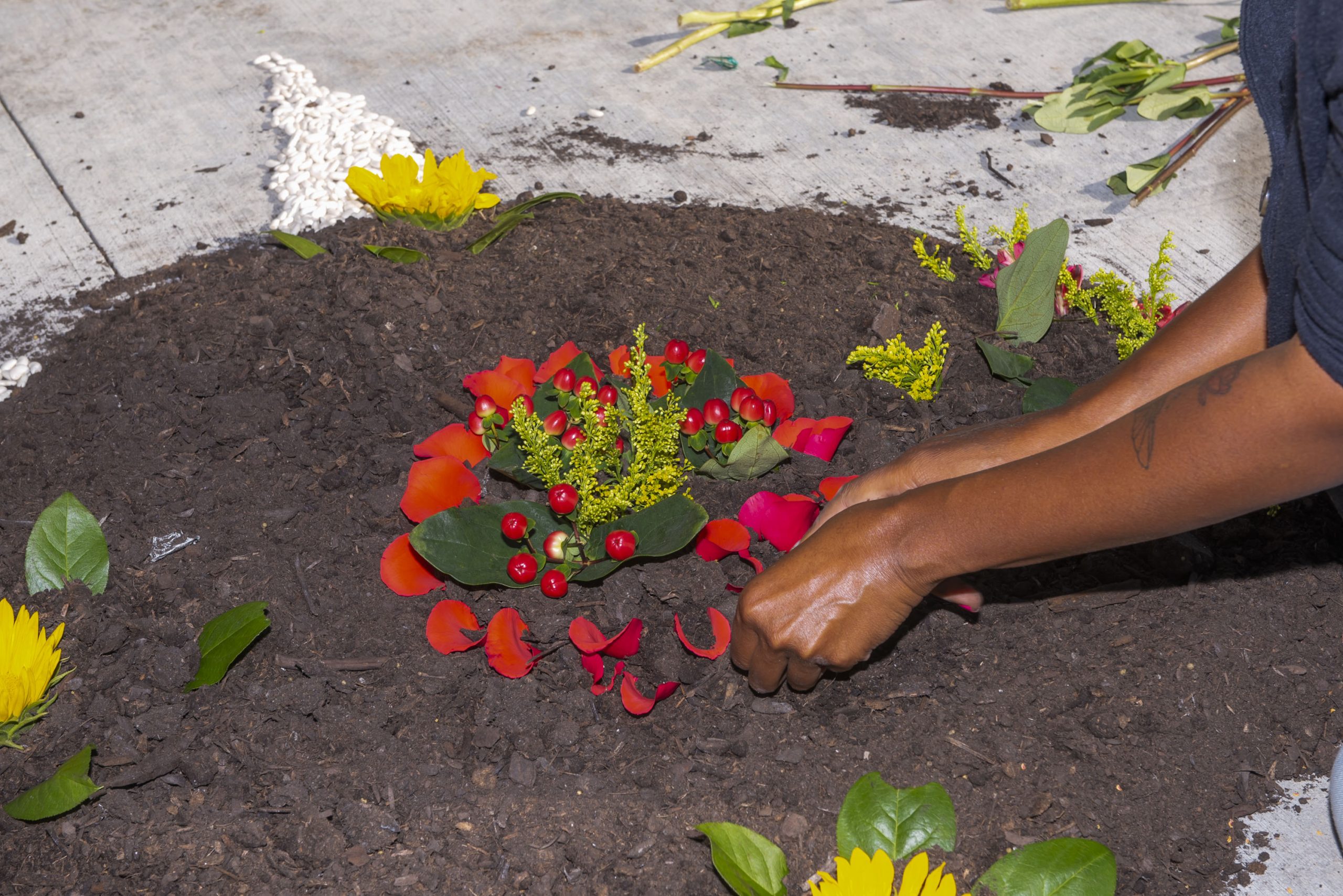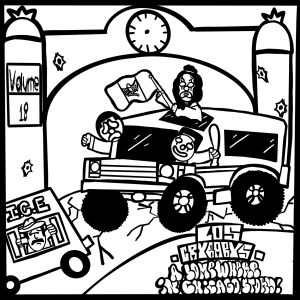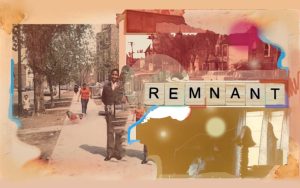Sixty is partnering with Anchor Curatorial Residency to publish a series of articles that explore, challenge, and document the curatorial process and experiences within the Residency.
What does it look like for a curator to write about their experience curating in real time? What goes on behind the scenes? Sixty is partnering with Anchor Curatorial Residency to explore this very idea while at the same time documenting what has been created and learned. The series will be co-created and written by Carlos Flores, this year’s Curatorial Resident, and Tiffany M. Johnson, Anchor’s 2022 Curatorial Resident. Together, they will be publishing writings that range from conversations with fellow curators, artists, and collaborators to experimental essays delving into the topics that impact their curatorial practices. This publishing element is new to the Residency program, and we are excited to provide editorial guidance and a space for growth, exploration, and reflection. Stay tuned for more throughout the year!
Anchor Curatorial Residency is an 18-month project that culminates in a collaborative exhibition on park district land. Anchor engages artists and community members through a unique creative process aimed at deepening connections and building new relationships. Moving away from traditional art spaces, the residency is “anchored” by a commissioned outdoor exhibition and performance venue, designed in consultation with park staff and community. The Curator-in-Residence is given space, time, and resources to deepen their curatorial practices by producing a collaborative and responsive community-based exhibition, grounded in experimentation, local knowledge, and everyday experiences. Moving away from traditional art spaces, Anchor takes place at South and Westside Cultural Centers in the Chicago Park District network.
* * *
Read the ongoing series…
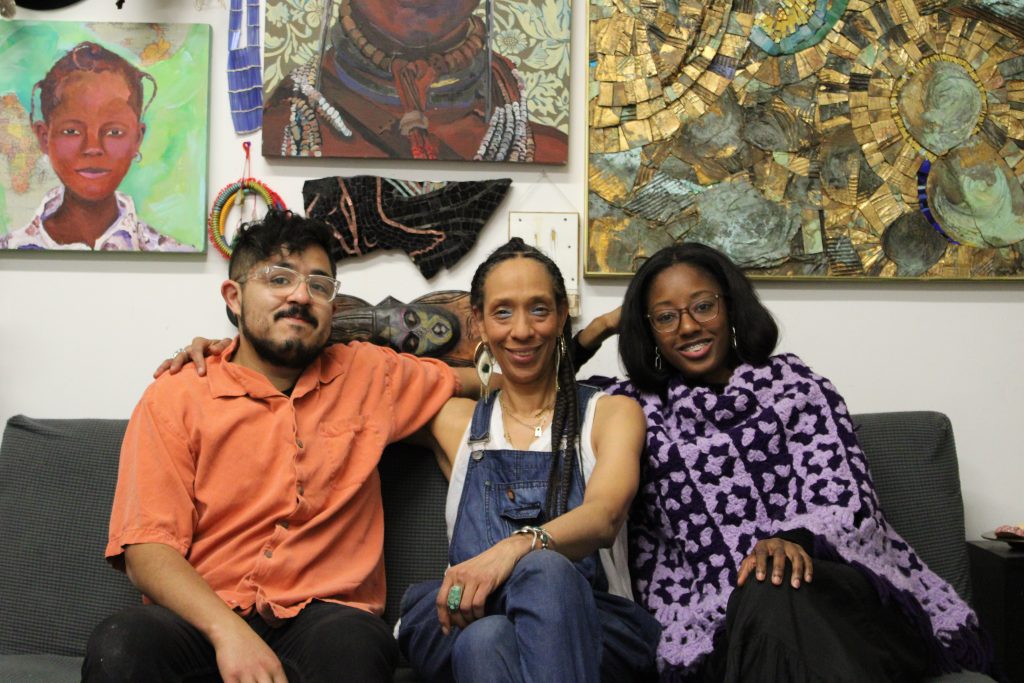
Anchor Editorial: An Interview with Sonja Henderson
Carlos Flores & Tiffany Johnson speak to Sonja Henderson in her studio about the ways in which she uses her art to explore the organic nature of spirit, joy, and grounded connection through Restorative Justice practices.
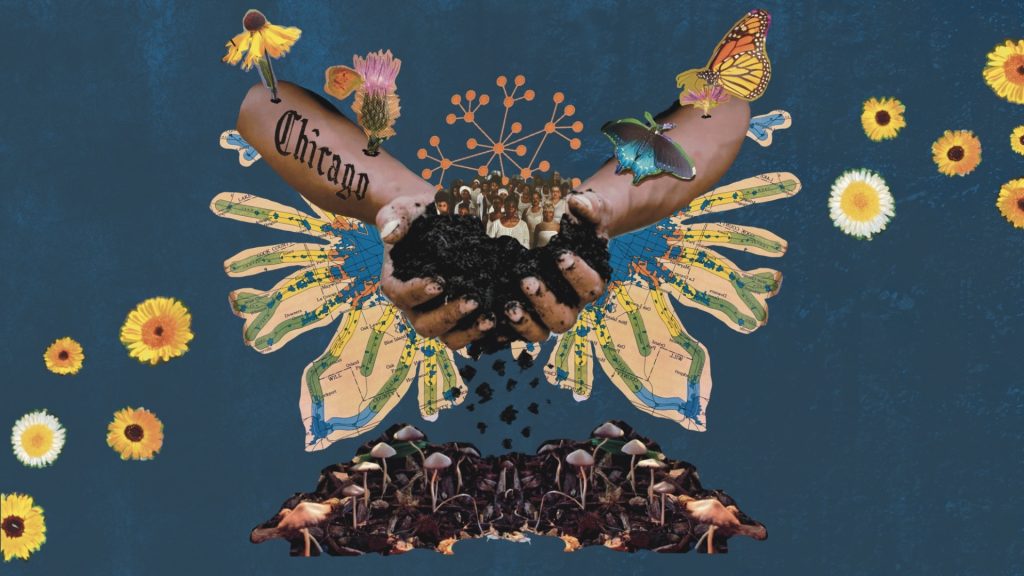
Anchor Editorial: Curatorial Invitation
Thoughts on public space, place, and installations from curators and cultural workers in Chicago, posing the question: “What does it entail to exist in a public space for you?“
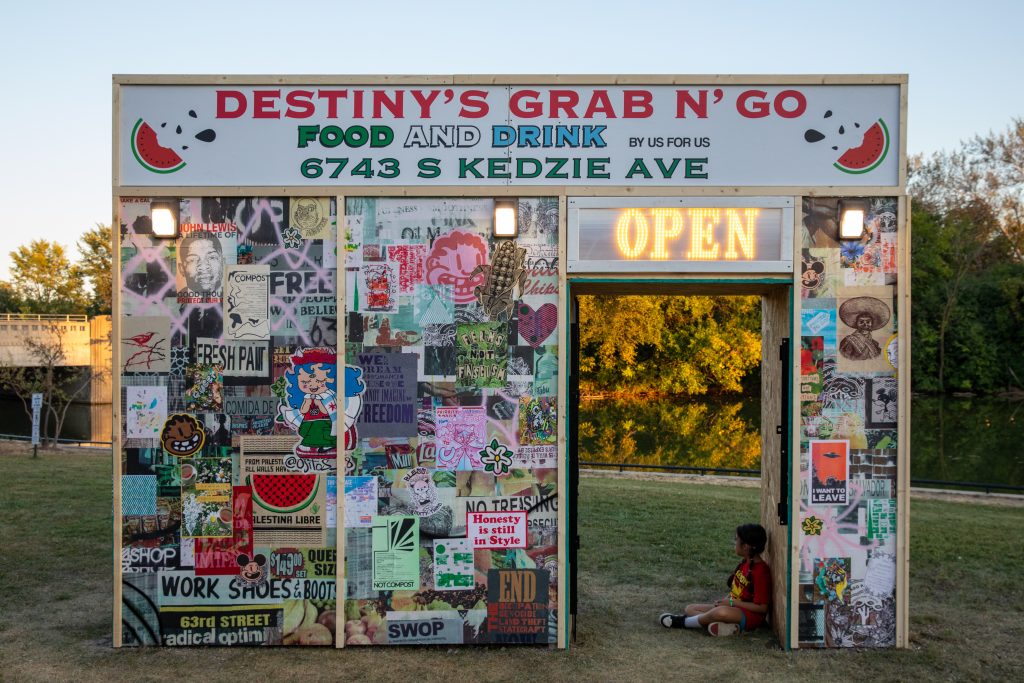
Anchor Editorial: diversión is for everyone
A historical review of diversión at Marquette Park curated by Carlos Flores, this year’s Anchor Curatorial Resident.
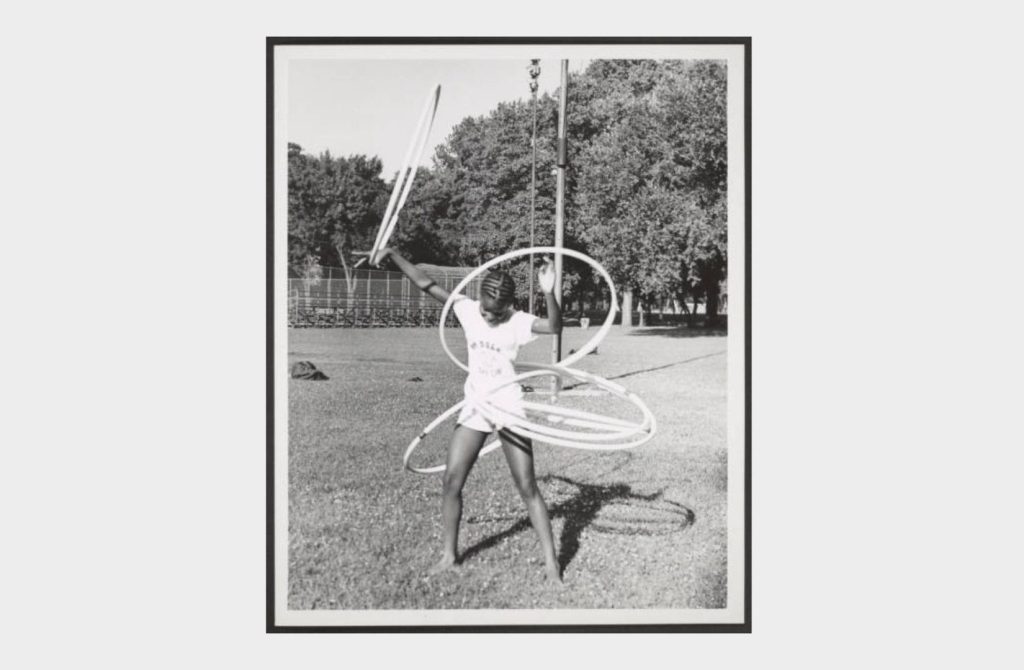
Anchor Editorial: We Become Less bound by / I miss outside: A reflection piece with Darryl Cowherd
Photographer Darryl Cowherd and archival images from the Chicago Park District tell a story about Black youth in Chicago.

Anchor Editorial: What The Soil Carries
An activation of Marquette Park comes alive through this ekphrastic reflection by through the Anchor Curatorial Resident Carlos Flores.
About the Curatorial Residents:
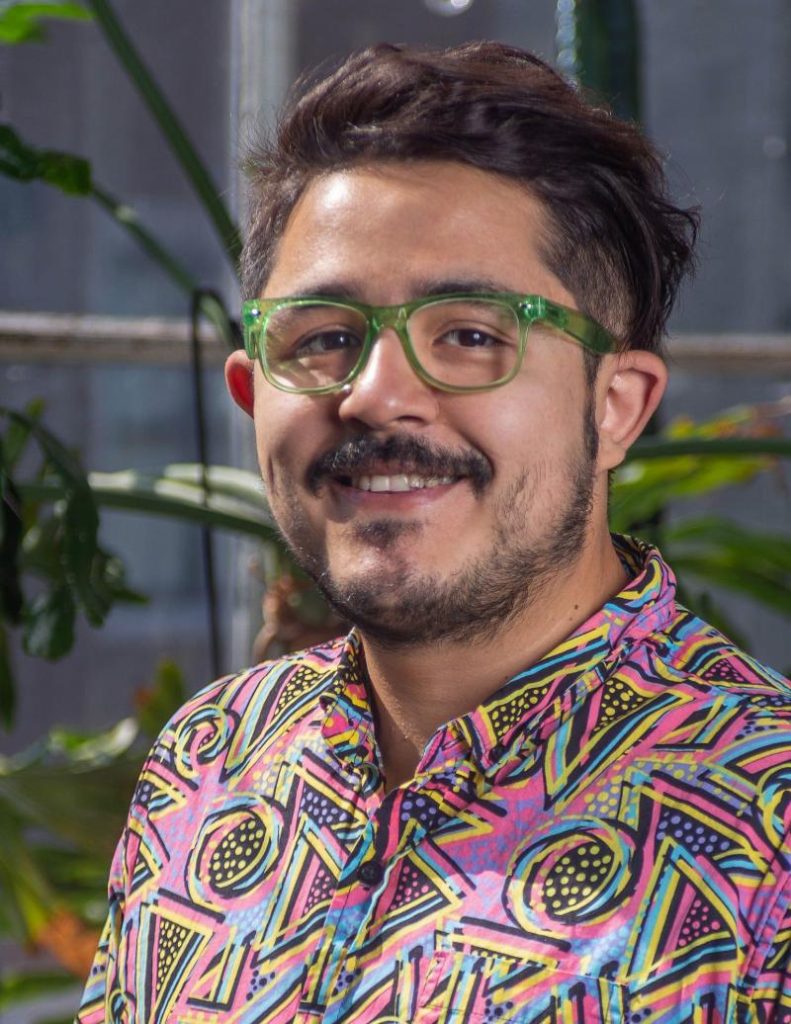
2023/2024 Curator-in-Residence: Carlos Flores is an installation artist, radical community arts organizer, curator, and flower farmer. Both his visual practice and organizing work center around creating space for connection, generation, and care to take place. As programs manager at the Chicago Art Department, he leads the organization’s residencies and exhibitions, supporting twenty civically minded artists and over 100 free exhibitions and programs every year. Carlos is also the founder of Contra Corriente, an annual festival highlighting the work of artists, activists, and organizations working to advance racial and environmental justice on the South West Side of Chicago and beyond. (Photo by: Miguel Vasquez | Instagram: @miguelphoto1)

2022 Curator-in-Residence: Tiffany M. Johnson is interested in spaces (and a world) where Black people can exhale. She is a researcher, survivor (advocate), and curator passionate about community building through imaginative, underground, and cooperative practices. She attended SOAS, University of London, for her Master’s in Migration and Diasporas Studies. Her studies continue through her DIY Ph.D., a long-term art and hood scholarship project on alternative ways of being within spaces combating oppressive structures. Through a radical afrodiasporic feminist lens, she is interested in rebuilding human-to-land relations and centering understudied subjects and community care systems. Tiffany is a 2022-24 Threewalls RaD Lab+Outside the Walls fellow and co-stewarding the development of the survivor support mutual aid group, Project Nebula.

As part of Tiffany’s 2022 Residency, she curated Finding Ceremony, which examined the tension between safety, care, and (in)visibility of Black and Brown lives in public space. A site of refuge and grounding, it investigated present-day geographies of collective anchoring while inviting the local community to explore ways of finding their footing, recharting, and reclaiming Black and Brown relations to public spaces and each other. Learn more about the project here.
